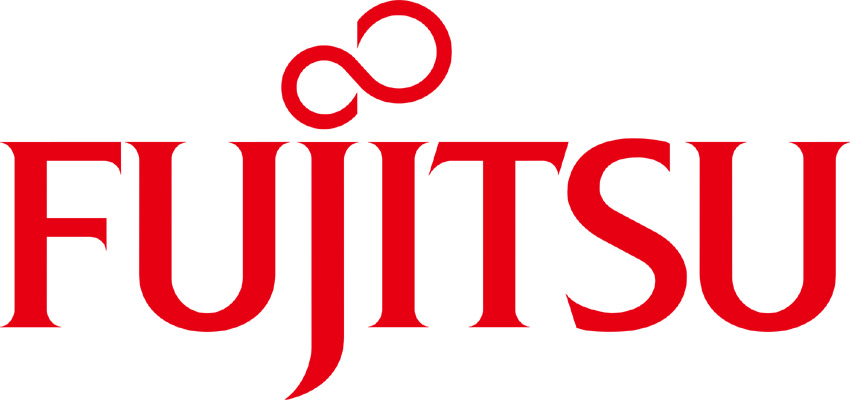
Fujitsu Maximizes Storage Performance with Next-Generation ETERNUS All-Flash
Fujitsu announces its next generation of ETERNUS AF S2 all-flash storage arrays and ETERNUS DX S4 midrange hybrid systems. The new storage systems are designed to meet the high-performance requirements for digital business growth, continuity and efficiency, while providing a maximum of interoperability and an easy migration path between hybrid and all-flash storage.
ETERNUS AF S2 all-flash storage arrays
Equipped with larger caches, faster processors, 32 GB fibre channel technology and highly optimized algorithms for utilizing multicore, multithreaded processors, the ETERNUS AF250 S21 and AF650 S22 both maximize all-flash performance for applications that require the highest storage speeds. With 30 percent more performance headroom, they enable businesses to radically consolidate their storage systems, support fast data growth and deliver reliably short data response times for analytics and business-critical applications such as SAP HANA.
The mid-range ETERNUS AF650 S2 packs a raw data capacity of close to 3 PB per system into the space of only half a data center rack, providing class-leading IOPS performance and minimum latency, with a cost/performance ratio of $0.27/SPC-1 IOPSTM in the latest SPC benchmark results3, published on January 19, 2018. The ETERNUS AF250 S2 is a perfect all-flash solution for small and medium-sized businesses, thanks to its low cost/performance ratio of $0.10/SPC-1 IOPSTM. Both models support new types of solid state drives (SSD) to be released later in 2018, further boosting maximum storage capacity.
ETERNUS DX S4 midrange hybrid systems
Allowing businesses to consolidate as much structured and unstructured data as possible on one storage system that hosts both SSDs and hard disks, the ETERNUS DX500 S4 and DX600 S4 optimize hybrid storage capabilities for balancing speed, capacity and cost. Fujitsu has re-architected both new models for a 30 percent performance increase in their SSD tier, while the high-capacity hard disks allow organizations to store unstructured data at the lowest cost. Intelligent automation features remove the administrative burden of managing diverse storage tiers by assigning bandwidth and storage based on the required response time per data volume. On top of this, thanks to the strong performance of the SSD tier, the ETERNUS DX S4 family provides a safe path for businesses to gradually migrate from disk and flash to all-flash storage – all in one system.
Olivier Delachapelle, Head of Data Center Category Management at Fujitsu EMEIA, says: “Today’s businesses need to be able to support incredibly fast data growth and need-for-speed, always-on applications, and at the same time balance capacity and budget considerations. Our entire storage portfolio is designed for maximum performance, capacity, flexibility and interoperability. This allows organizations of all sizes to choose a combination of all-flash and hybrid storage options that suits their exact needs and to manage them seamlessly, while keeping costs in line with their business priorities. With the new ETERNUS storage systems, we are making storage fit for the digital age.”
All of Fujitsu’s new ETERNUS DX and AF storage systems support the flexible use of deduplication and data compression, giving businesses even more options to meet their individual storage and budget requirements. All existing and new ETERNUS DX and AF systems can be controlled with one management software – Fujitsu’s storage management software ETERNUS SF. Almost all models can mirror and replicate data between each other or allow a transparent failover. This also works between older and newer system generations, delivering maximum investment protection. Organizations can use a hybrid system as a recovery system for all-flash arrays, reducing the costs of business continuity.
Pricing and availability
The new ETERNUS AF S2 all-flash and ETERNUS DX S4 hybrid midrange storage systems will be available in North America, Europe, the Middle East, India and Africa from January 24, 2018 through direct and indirect channels.
